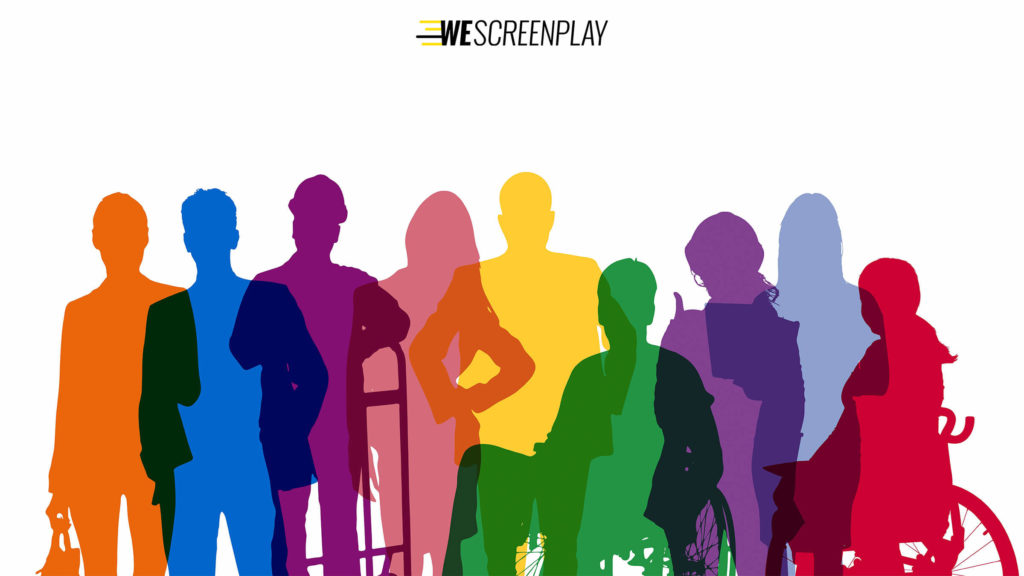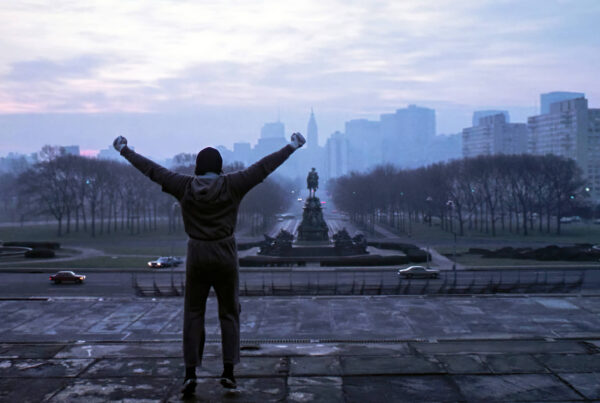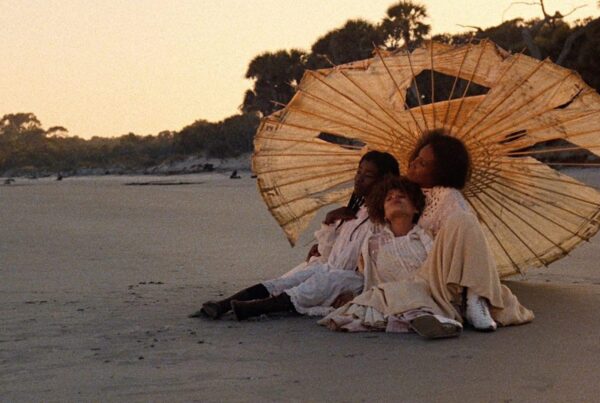
It’s impossible to talk about inclusive writing without taking a careful look at identity. How each one of us identifies ourselves is an important component of how to experience the world and the stories around us. For most of the history of film, the stories were told from the point of view of cis, white, heterosexual men. That left many points of view and other stories completely untold.
I personally had internalized this and my first few attempts at writing and making films also were from the point of view of a male protagonist. It took me a while to discover the stories inside of me that I was eager to tell. I had to do a lot of soul-searching and self-discovery before I could truly create something that expressed who I am at my core.
After years of writing and developing material that I felt conveyed my lived experience, I had the opportunity to develop a course for UCLA Extension called “Inclusive Screenwriting” where I had to take an analytical look and explore these untold stories and how those stories could fit into the Hollywood structure and style.
Whether you, like myself, belong to a marginalized group, or you simply want to explore a story outside of your own community, here are some tips on how to dive into that through inclusive writing.
 Regular deadline ends September 15th, 2022
Regular deadline ends September 15th, 2022
Table of Contents
Who Does This Story Belong To?
That’s a great question. If you are venturing into writing about a group you are not a part of, be prepared for some resistance. Audiences now demand authenticity. I firmly believe any story you are passionate about belongs to you. Arm yourself with research. Dive into the story, the culture, and the details. The more the writer knows about a subject, the stronger the creative piece will be.
Research and Authenticity Always
Of course, there’s always room and the need to be creative and to make things up when crafting a piece of narrative. Don’t limit yourself even if you are writing a piece based on true events and/or real people. Get to the core of the story and be as authentic, real, and honest as possible. Immerse yourself into the culture, the time period, and the people.

Avoid Stereotypes
This should be a rule not just for inclusive writing but for your entire writing career. People are not monoliths. Stereotypes have no room in storytelling anymore unless you are going to deeply and fully comment and examine the history of those stereotypes and why this is a negative trope. If you are not sure something is a negative stereotype or if you are curious about it, dig deep into research. I have a list of negative stereotypes and tropes my students have told me they are tired of seeing in the media.
Here are some stereotypes the UCLA students mentioned they are tired of seeing:
- Women of color as prostitutes only
- Fat sassy black best friend
- People of color in the background to elevate the white character’s storyline
- People of color as mentors and helpers of white characters who have no goals or no life outside of that role of helper
- White savior fixing racism for people of color and putting them in supporting roles of their own stories
- Latinx, black, and eastern men as violent, gang
 members, thugs, criminals, drug dealers, or terrorists
members, thugs, criminals, drug dealers, or terrorists - Asian women being fetishized
- Asian men being emasculated
- Women being portrayed as wives and mothers with no jobs or other roles in the story
- Sassy gay best friend only there to support the straight girl
- Kill the gay complex
- Inspirational disabled people who only exist to inspire the able-bodied person
- Magical Native American character
- Men of color as violent and abusive toward children and romantic partners
- Latinx people as maids, gardeners, uneducated and undocumented
- Colorism when it comes to representing people of color – only the whitest Latinx people or black people
- “Magical Negro” – Spike Lee coined the term
- The wise Asian mentor who teaches the white person how to master martial arts.
- Non-binary characters are virtually non-existent
Be Open to Feedback and Change
Writing is vulnerable, always. Inclusive writing about marginalized groups can be even more vulnerable. Be ready to listen to others if they have criticisms. Seek readers with a specific background to give you guidance. Make the necessary adjustments so that your story makes the most meaningful impact possible.
Take Risks
Sometimes meaningful inclusive writing can be a risk. There’s resistance still from the people in power to greenlight those types of stories. The more progress is made in that area, the more the people in power will say they’ve already filled their quota for this type of story or for stories about diversity. The market will never be saturated with inclusive stories. Audiences crave good stories and they will respond to them if they are well crafted. Take the risk, write the story, experiment and be original.

All The Rules Still Apply
The rules, in this case, are the golden rules of storytelling: compelling characters, a protagonist who is human, flawed, has a clear goal and desires, and drives the narrative forward through action. A plot that is both surprising and satisfying. A story that has twists and turns and unexpected moments. Make sure to include those elements in your story for a recipe for success.
Write What You Want to See
I usually ask my students about the things they want to see more of on screen. For me, it’s more stories about women and the complexity of who we are. Especially Latinas and women of color in general. Once my students answer the question I make the following statement: Whatever you said you want to see more of, is what you should be writing. Make that your mission statement and take it upon yourself to create what you want to see in the world. In the wise words of Gandhi: “Be the change you want to see in the world.”

 Regular deadline ends September 15th, 2022
Regular deadline ends September 15th, 2022 members, thugs, criminals, drug dealers, or terrorists
members, thugs, criminals, drug dealers, or terrorists














